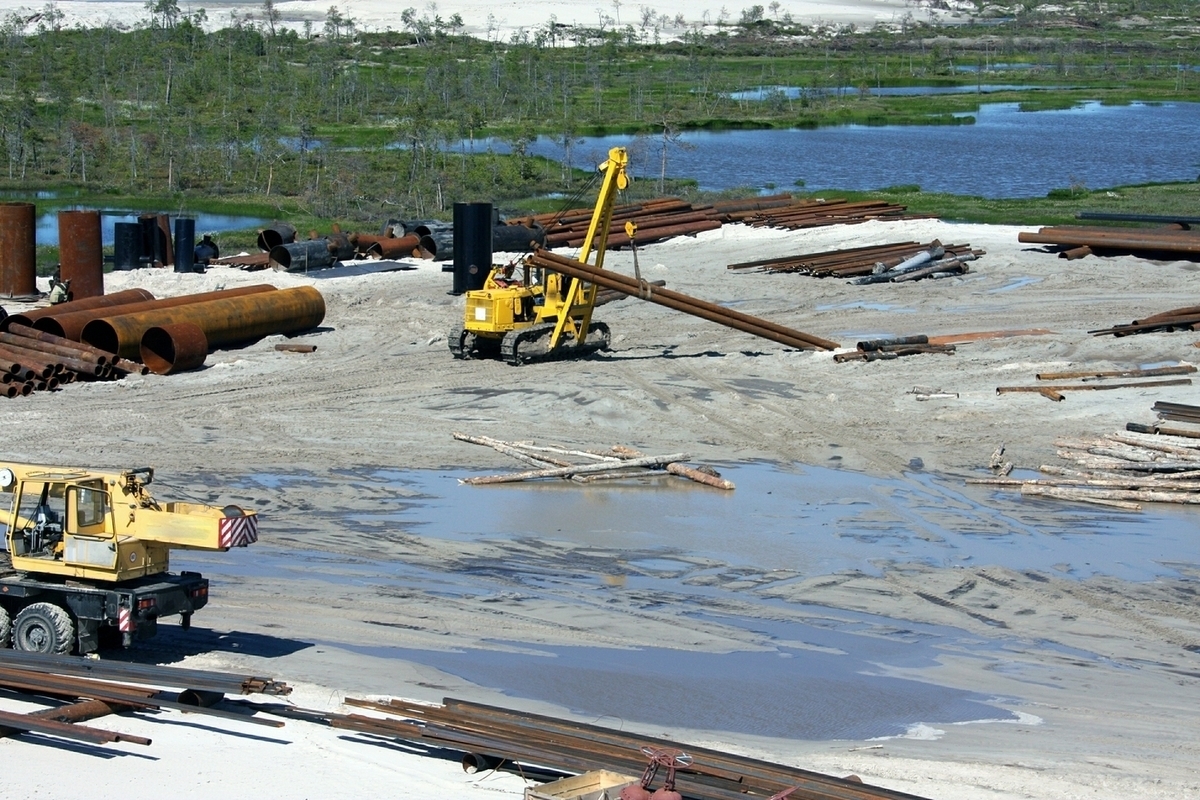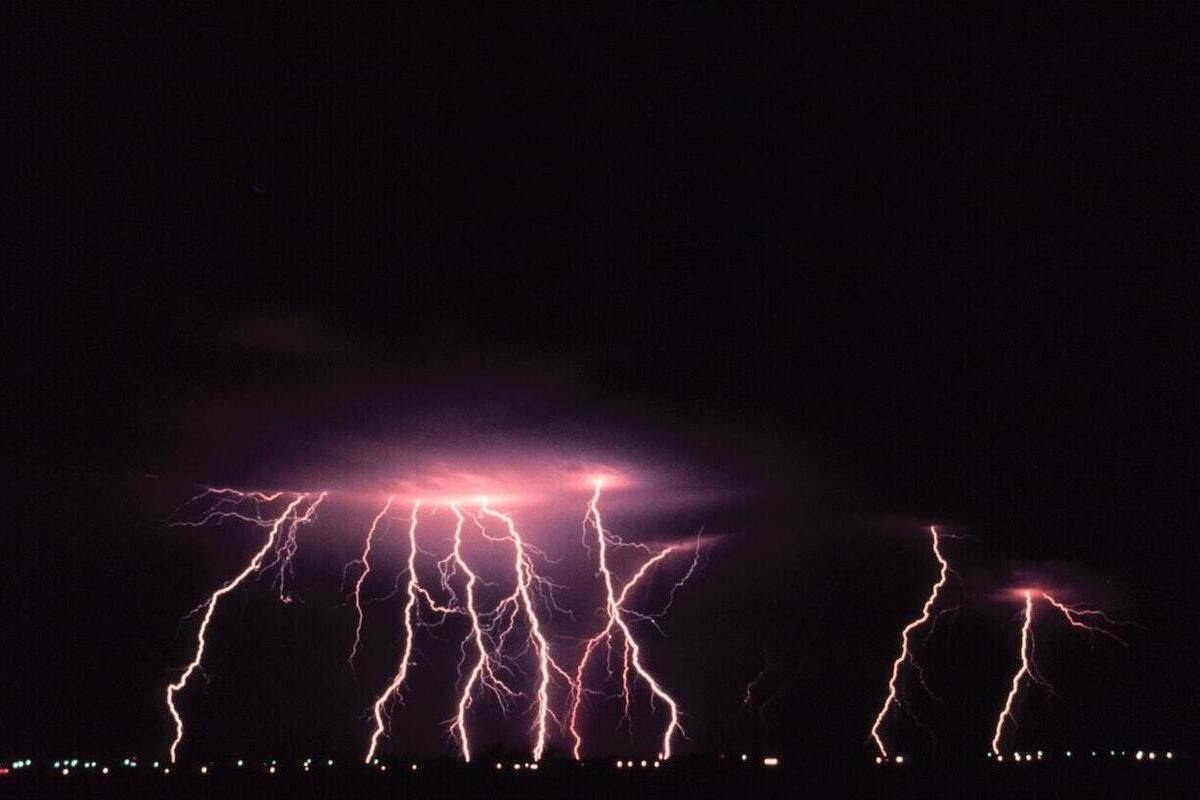The shelves turned out to be the largest reservoir of mercury, but are vulnerable to trawling

Bottom trawling could contaminate the entire ocean with mercury.

test banner under the title image
Continental shelves retain more mercury than deep-sea sediments. An international team of scientists estimates that approximately 1,290 tons of mercury settle on the shelves annually, six times higher than previous estimates. However, due to bottom trawling and ocean warming, a significant portion of this mercury could be re-entering the oceans—up to 5,600 tons per year, according to an article in the journal Nature Sustainability.
A study led by Maodian Liu of Peking University analyzed more than 250 instrumental observations—measurements of mercury content in seawater and cores of bottom and surface shelf sediments—to reconstruct centennial changes in metal accumulation. The authors concluded that continental shelves currently accumulate 2–7 times more mercury compounds than deep-sea bottom sediments.
On average, each square meter of shelf mercury accumulates approximately 42 micrograms per year, resulting in a global total of approximately 1,290 tons per year—six times higher than the estimate from the latest UN Environment Programme report. Since the onset of industrialization in the 1750s, mercury levels on shelf surfaces have increased approximately threefold. The largest fluxes are recorded in the low and mid-latitudes of the Northern Hemisphere—off the coast of Southeast Asia and in the western tropical Atlantic Ocean, where accumulations reach up to 310 micrograms/m² per year (approximately six times the global average).
Meanwhile, shelf sediments proved unexpectedly vulnerable. Bottom trawling—a fishing method that stirs up bottom sediments with nets—returns a significant portion of settled mercury to the water; the authors estimate that trawling and related processes can release up to 5,600 tons of mercury annually. This is particularly noticeable in the Mediterranean Sea and off the coast of Southeast Asia, where trawling and intensive coastal fishing are widespread.
In addition to mechanical resuspension, ocean warming increases the diffusion of mercury from the pore space of bottom sediments back into the water column, further reducing the long-term reliability of the shelf as a reservoir. The authors also note that many previous mercury accumulation estimates relied on models and did not always adequately reproduce actual river flows and local processes. Therefore, collecting and analyzing field data, as in this study, recalculates assumptions about scale and dynamics.
Since the dawn of industrialization, human activity has released approximately 1.1 million tons of mercury into the environment—more than the combined emissions of volcanoes, for example. Mercury poses a particular danger in the ocean, as certain microorganisms can convert inorganic mercury into methylmercury, a potent neurotoxin that bioaccumulates and concentrates in the food chain. The historically severe consequences of such pollution were vividly illustrated by the Minamata disaster in Japan in the 20th century, when mass methylmercury poisoning occurred through the consumption of contaminated fish and seafood.
The results of the current work indicate that, in addition to reducing emissions, it is important to consider bottom trawling management and the impacts of climate warming on sediment processes to reduce the risk of mercury dispersal, as well as to develop observation networks and field measurements to accurately assess metal fluxes.
mk.ru





